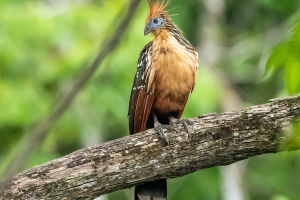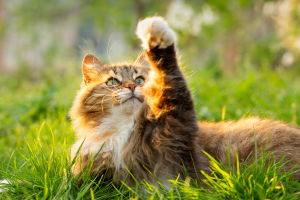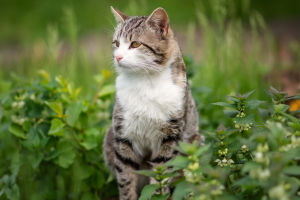You ever wondered what it's like to see an animal genuinely smiling in the wild? On Rottnest Island, southwestern Australia, we finally get to meet the quokka, a small marsupial famous for its cheerful expression.
Known as the "happiest animal on Earth," these little creatures greet us with round faces, soft gray-brown fur, and tiny, endearing ears.
Experiencing them in their natural habitat is nothing short of magical. From the moment we spot them hopping among the shrubs, it feels like we've stepped into a scene from a storybook.
Appearance and Daily Life
Quokkas are small and stocky, standing about 40–54 centimeters tall, with short legs built for hopping and exploring. Despite their size, they are surprisingly agile, moving quickly across grasslands and shrublands. Their diet is simple yet fascinating—they nibble on tender grass, leaves, succulents, and even roots.
Watching them chew with focus and joy is almost hypnotic; it's as if every bite brings a little more cheer.
They often use their tiny paws to hold food while eating, showing a playful side in the process. Quokkas are mainly found in southwestern Australia and nearby islands. On Rottnest, they are abundant and have become a symbol of the island, beloved for both their friendly nature and charming appearance. Observing them going about their day gives us a glimpse into their gentle yet resilient way of life.
Quokkas' Natural Habitat
In the wild, quokkas prefer areas with dense shrub cover and grassy patches. We find them hopping through bushlands or resting in shaded spots during the hottest parts of the day. Although mostly nocturnal, feeding at night and resting during daylight, quokkas on Rottnest Island have adapted to occasional human presence.
They remain naturally curious, sometimes approaching quietly when we move slowly and respectfully.
These areas are not just playgrounds—they are essential for quokkas' survival. Dense vegetation provides shelter from heat and predators, while open grassy patches offer food. Watching their navigation through this environment, we start to appreciate how perfectly they fit into their ecosystem, balancing playfulness with caution.
Interactions and Social Behavior
Quokkas are social but cautious. We observe small groups foraging together, constantly alert yet relaxed. Their cheerful demeanor does not make them careless; each quokka keeps an eye on its companions and surroundings. Watching them groom each other or playfully hop around gives us insight into their communication and social bonds.
These interactions help the group stay connected and safe, proving that their happiness in the wild is more than just an appearance—it is a vital part of their survival strategy.
Even brief encounters with humans are handled with remarkable calm. If we stay still and respectful, quokkas may approach to investigate, giving us a rare chance to feel connected to wildlife on a personal level.
Capturing Their Natural Charm
Photographing quokkas in the wild requires patience. We often crouch or lie low to capture the perfect moment—a hind-leg stance while nibbling on a leaf, ears perked, and a seemingly genuine smile. Unlike captive settings, wild quokkas move unpredictably, which makes every snapshot feel rewarding.
We learn to savor each fleeting interaction and appreciate the quirks that make quokkas so endearing.
Challenges in the Wild
Even in nature, quokkas face challenges. Rising temperatures, drought, and habitat loss threaten their survival. While they still thrive on Rottnest Island, human presence can unintentionally harm them. Leftover food or plastic waste is tempting but dangerous.
Observing quokkas in their natural surroundings reminds us that their cheerful smiles hide vulnerability. Their well-being relies heavily on preserving their environment and minimizing human impact.
We realize that the joy we see in quokkas' faces is fragile and needs protection. Each hop, nibble, or playful glance is a reminder that conservation is not just a duty but a privilege, allowing us to witness nature at its purest.
Protecting Nature's Joy
Lykkers, seeing quokkas in the wild inspires a deep respect for nature. These little marsupials bring happiness not only through their smiles but also by showing us the delicate balance of life. We hope that by understanding their natural behaviors and challenges, we can better protect them.
Let's make sure future generations can enjoy seeing quokkas hop and smile freely in the wild. Their playful energy reminds us that joy in nature is a treasure worth preserving, and every interaction we have with them should leave the habitat safer and cleaner than we found it.
Finding The World's Happiest Animal: THE QUOKKA!
Video by NATURE DIARIES


